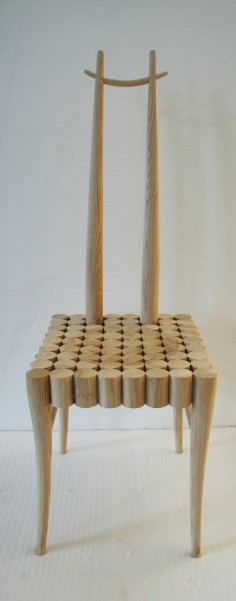Chinese interior designers show flashes of quality but lack support
Shenzhen's pavilion at a top London design exhibition showed progress, but also how far modern Chinese design has to go

The well-worn phrase "Made in China" is becoming "Designed in China". And this time it was used for the Shenzhen pavilion at London's recent 100% Design show in the hope of rebranding as an important design destination the city once known as the "national factory of China".
100% Design, Britain's largest interior trade exhibition, attracted 30,000 visitors over four days last month. In the international hall accommodating the Shenzhen pavilion (organised by the Shenzhen Industrial Design Association, or SIDA), countries jostled for attention with interactive lighting and sophisticated displays of the latest designs.
The Shenzhen pavilion, however, was a subdued affair. Furniture was presented on white boxes and accompanied by descriptive labels that would have benefited from professional translation. Visitors were told of Shenzhen's manufacturing importance but not where design fits into this narrative.

That said, the director of 100% Design, William Knight, believes there has been an improvement in the Shenzhen pavilion in the three years it has been part of the London Design Festival. "Attitudes towards Chinese design are changing; quality is shining through," he says.
Across town at London's Victoria & Albert Museum, Zhang Hongxing, senior curator of 20th century and contemporary Chinese art, offered a contrasting view of Chinese design. In 2008 he co-curated China Design Now, an exhibition held at the museum that marked the pivotal moment at which modern Chinese art entered the international stage. Zhang's team made several trips to Shenzhen to meet designers, including many of the first generation of Chinese graphic designers who had migrated to Shenzhen for work.
Zhang feels that Chinese design "is not there yet, in terms of details and concept". He says that while initiatives like the Shenzhen pavilion can help in creating a dialogue between China and the international design world, more support for young creatives is crucial for Chinese design to establish itself. That, he believes, could take the form of education through design museums and policies to aid the establishment of independent studios.